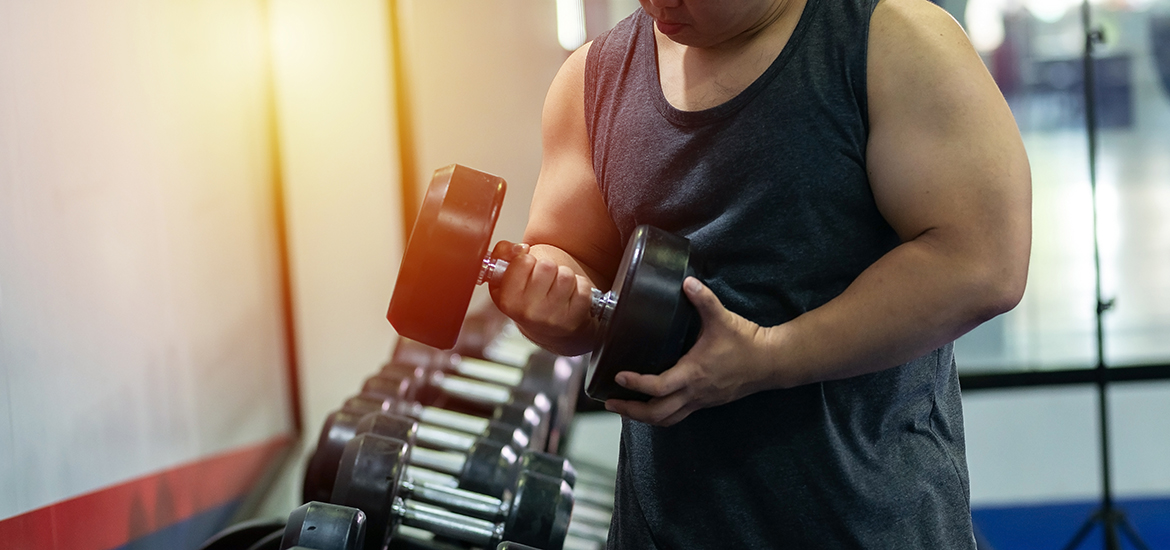Use rapid resistance exercises to recover from long-term inactivity, say Roehampton researchers
- Wednesday, November 27, 2019
Researchers have concluded that the best way to recover quickly from long-term injury is to use typical resistance exercises, but to focus on lifting as quickly as possible

Rehabilitation programmes should work to build the strength involved in these types of activities, using typical resistance exercises (e.g., leg press), but with the attention of lifting the resistance as rapidly as possible, according to researchers including Neale Tillin, Senior Lecturer in Life Sciences at the University of Roehampton.
Tillin, Amy Sibley and colleagues at the University of Roehampton used below-knee amputees as a model to understand muscular changes that happen with long-term inactivity. Similar changes might happen in the muscles of someone who is hospitalised, sedentary, or travelling in space. The advantage of using amputees is that previous research has shown that the thigh muscles of individuals with an amputation below the knee are used less during movement and therefore become weak. This makes below the knee amputees excellent subject for study of long-term inactivity, avoiding ethical issues with enforcing prolonged physical inactivity.
Scientific studies have previously defined two main types of strength: maximum and explosive. Maximum strength is what it sounds like, the maximum capacity of your muscles for producing force. People rarely need to utilise this maximum capacity in daily activities.
Explosive strength is the ability to quickly produce force, and is relevant during many daily activities such as recovering from a loss of balance, avoiding joint injuries, and when playing sports. The researchers showed that when they compared maximum and explosive strength, amputees lost comparatively more explosive strength.
They also found that the muscular changes that accompanied this reduction in strength could not have been anticipated from the typical short-term bedrest studies, and were specific to the type of strength examined.
Therefore, rehabilitation regimens (for amputees or other populations who have experienced inactivity) should be tailored to help them recover explosive strength specifically.
Neale Tillin said ‘Several years of hospitalisation, one example of muscle inactivity, causes a disproportionate decline in the muscle strength known to affect balance, increase the risk of joint injuries, and hinder movements involved in sports. Our research shows that the best way to regain the strength needed for daily activities such as avoiding falls is to focus on rapid resistance exercises’.
The University of Roehampton offers courses in the area of human biology including Sport and Exercise Sciences. Our Life Sciences department also runs the Sport and Exercise Science Research Centre with state-of-the-art equipment located in specialist research and teaching spaces - a physiology laboratory, environmental chamber, cell-culture and wet laboratories, psychology and biomechanics laboratories.